Rhaphidophora, also known as climbing aroid or philodendron, is an attractive vining plant that can add a tropical feel to any indoor space. With large, heart-shaped leaves and aerial roots that cling to vertical surfaces, rhaphidophora makes an easy-to-grow houseplant. By following five simple steps, you’ll have a lush, cascading rhaphidophora in no time.
Choose the Right Potting Mix
Rhaphidophora thrives in a loose, well-draining soil that retains some moisture. The ideal potting mix should contain:
A good balance of organic matter and drainage
Use a general houseplant soil with ingredients like peat moss, perlite, bark chips or coconut coir. This will provide water retention while still allowing excess moisture to drain away from the roots. Pure organic potting mixes may stay soggy, while very fast draining cactus or citrus mixes won’t retain enough humidity. Look for an all-purpose mix.
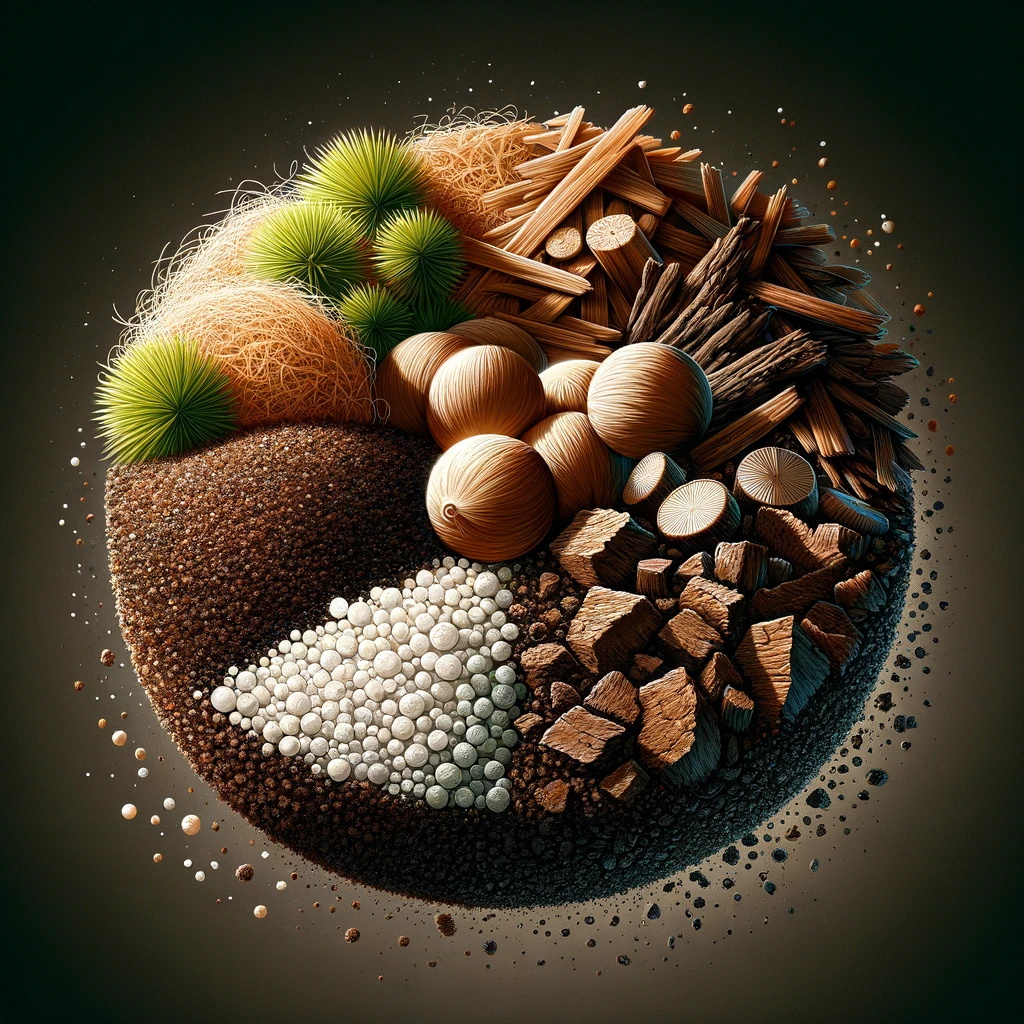
Added fertilizer
While organic soils provide nutrients through breakdown of matter over time, adding some initial fertilizer will give rhaphidophora an extra boost. Choose a houseplant fertilizer where the first number (indicating nitrogen) is higher, like a 10-5-5 or 15-5-15. Apply at half strength a few weeks after potting.
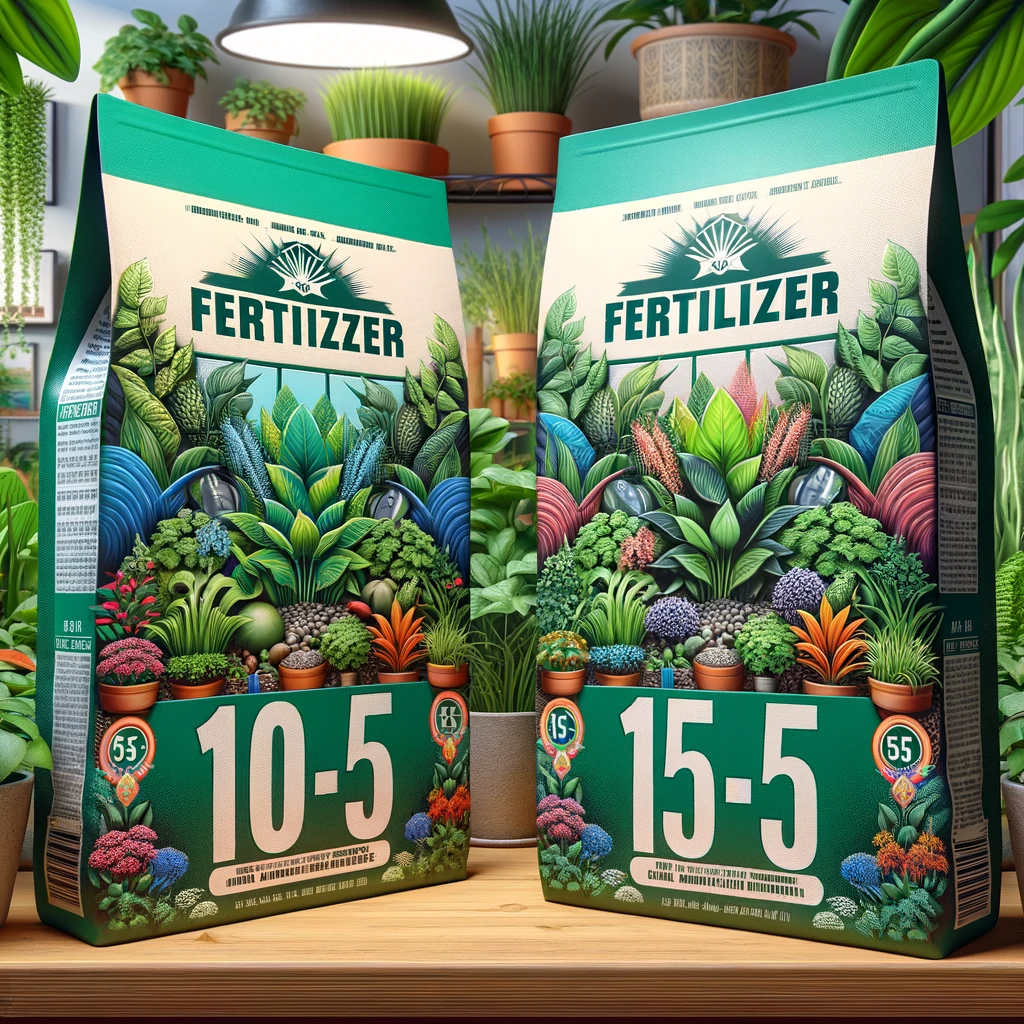
Give it Bright, Indirect Sunlight
Rhaphidophora thrives in medium to bright light conditions, making it perfectly suited to most indoor environments. For optimal growth:
Place it near an east, west or lightly shaded south window
Southern exposure provides plentiful light but intense summer sun may scorch leaves. East or west windows offer gentler early morning or late afternoon sun. Provide shear curtains or move it back from the window if leaves start to yellow.
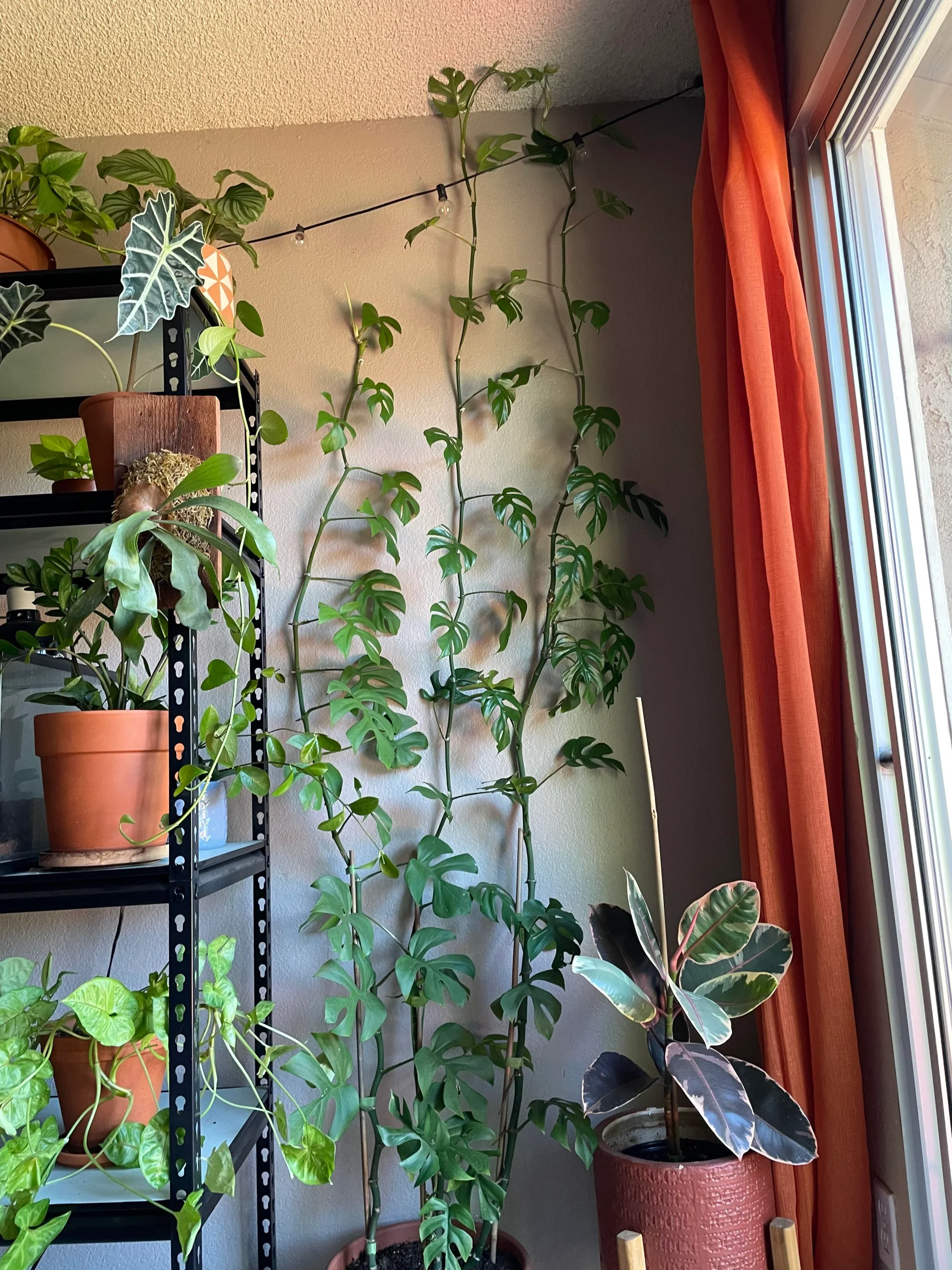
Supplement with a grow light if needed
If indoor light isn’t sufficient, suspend an LED full spectrum grow light 12-18 inches above the plant. Give it a 12-14 hour daily photoperiod. This will keep your rhaphidophora lush and vibrant even in darker corners.
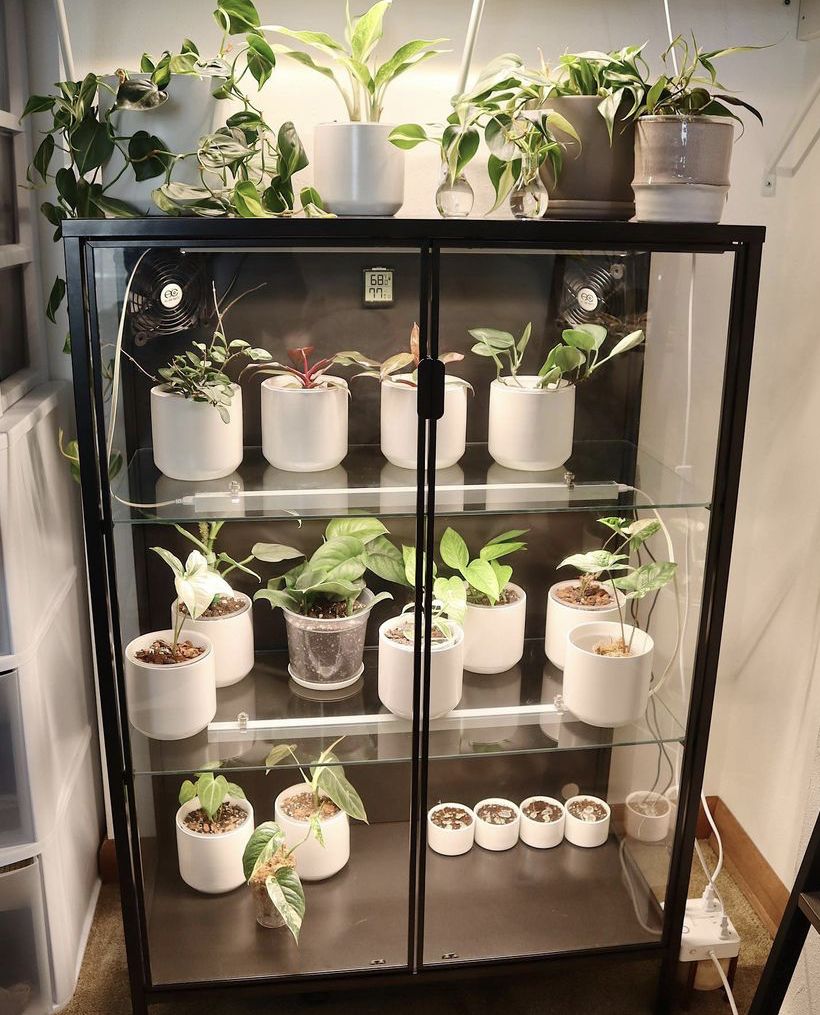
A compilation of the Rhaphidophora species that are in high demand in 2023
Maintain High Humidity
As a tropical plant, rhaphidophora prefers consistent moisture in the air as well as the soil. Creating a humid microclimate around it is key.
Group houseplants together to raise local humidity
Placing rhaphidophora among other houseplants creates a self-contained ecosystem where they exhale moisture for each other. Their collective transpiration creates a natural humidity dome.
Use pebble trays or a humidifier in dry environments
If the room humidity still falls below 50%, place the pot atop pebbles on a water-filled tray. Run an ultrasonic warm or cool mist humidifier nearby to maintain moisture levels. Take care not to overdo it though, as excessively wet air encourages fungal or bacterial disease.
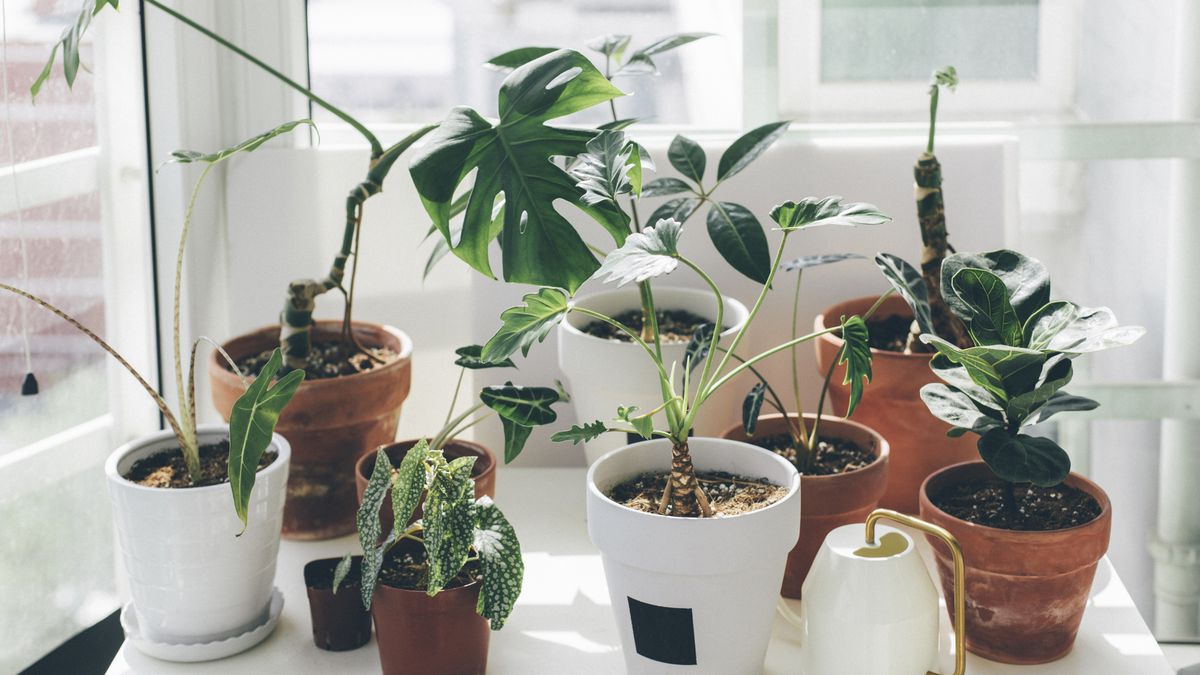
Water Thoroughly Then Allow to Dry
When it comes to soil moisture, rhaphidophora likes a thorough soaking then a chance for the top few inches to dry out. Adapt watering frequency to your conditions.
Water whenever the top 2-3 inches become dry
Check moisture by poking a finger in the soil and water whenever it feels dry beneath the surface. In brighter light or warmer months this may be 1-2 times per week. In darker winter conditions, it could stretch to every 2-3 weeks.
Always water deeply until it runs from the drainage holes
This encourages stronger root growth. Allow all excess moisture to drain freely from the pot after watering. Yellow leaves often indicate over or inconsistent watering.
Provide a Moss Pole or Trellis for Climbing
As a vining aroid, rhaphidophora anchors itself with aerial roots as it grows upwards in search sunlight in rainforest settings. Provide support to encourage this natural habit.
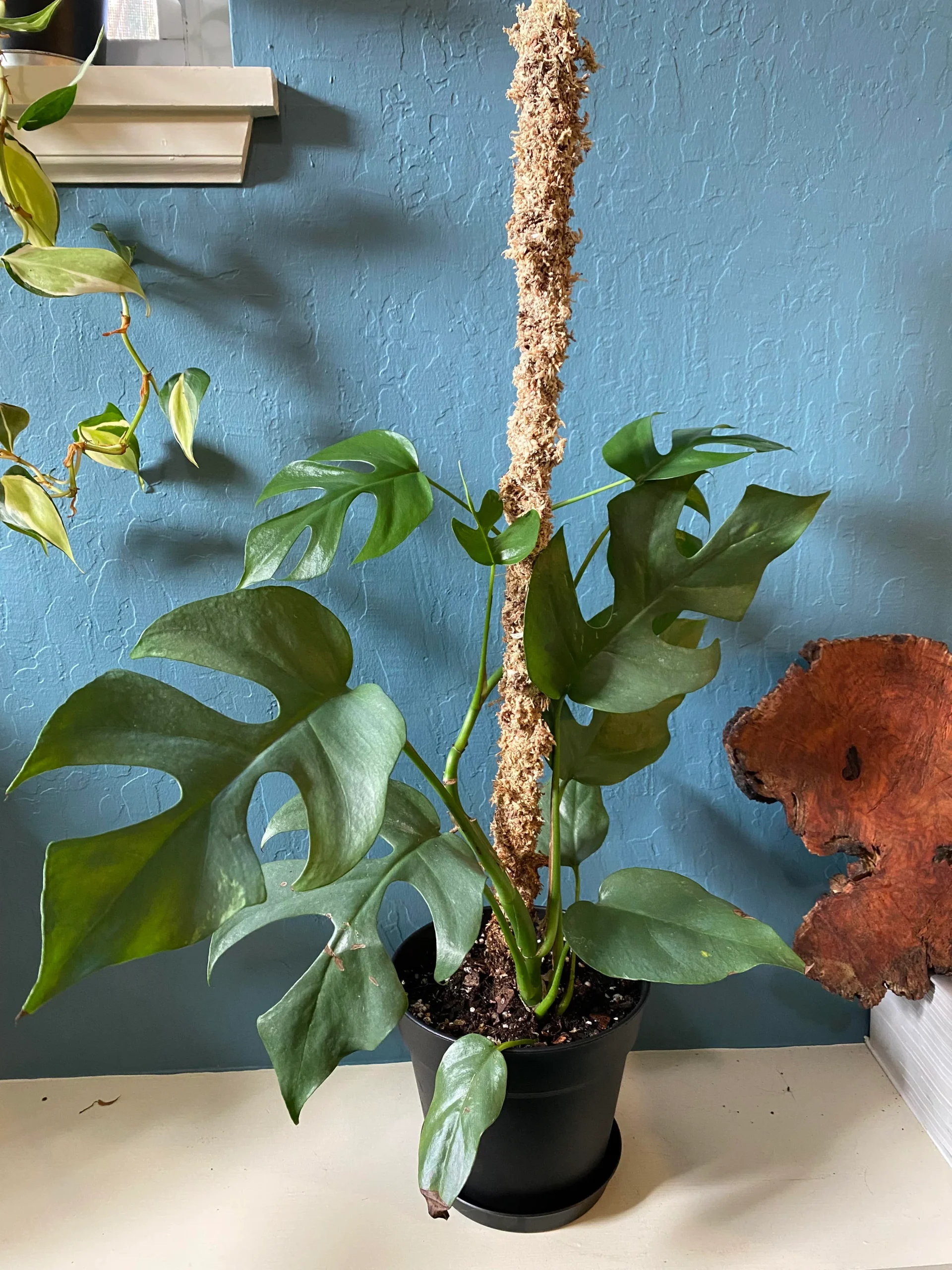
Use a moss pole wrapped in sheet moss or burlap
Sphagnum moss poles offer both a hydrating effect as well as a surface for clinging. Lean this against the inner pot edge and loosely tie main stems with soft ties or fabric strips near soil level.
Or allow it to trail down shelves and side tables
The long dangling stems have an attractive weeping effect. Use command hooks to train vines across walls as well. Just take care not lean leaves for too long against other surfaces, as this can cause yellowing.
Conclusion
With lush tropical foliage and distinctly arched leaves on pendulous stems, rhaphidophora makes a uniquely beautiful houseplant. By choosing a suitable potting mix, positioning in bright indirect light, maintaining consistent humidity, watering properly and providing climbing support, anyone can succeed at growing this wonderful vining aroid. Just a few simple steps will have your rhaphidophora flourishing indoors in no time.
FAQ
- What is a Rhaphidophora plant, and how do I identify one?
- Rhaphidophora is a genus of tropical plants known for their attractive, glossy leaves and climbing growth habit. They are often confused with Monstera plants due to their similar appearance. To identify a Rhaphidophora, look for heart-shaped or arrowhead-shaped leaves with fenestrations (holes) and vines that climb or trail.
- What are the ideal growing conditions for Rhaphidophora plants?
- Rhaphidophora plants thrive in bright, indirect light. They prefer temperatures between 65-85°F (18-29°C) and high humidity levels. Well-draining soil and a pot with good drainage are essential. They can also be grown outdoors in tropical or subtropical regions.
- How often should I water my Rhaphidophora?
- It’s important to keep the soil consistently moist but not soggy. Water when the top inch of soil feels dry. In general, you may need to water every 1-2 weeks, but adjust based on environmental factors like humidity and temperature.
- Do Rhaphidophora plants require any special fertilization?
- Yes, Rhaphidophora plants benefit from regular fertilization during the growing season (spring and summer). Use a balanced liquid fertilizer diluted to half strength and apply it every 4-6 weeks. Reduce or stop fertilizing during the winter months.
- How do I support the climbing habit of my Rhaphidophora?
- Rhaphidophora plants are natural climbers. Provide them with a trellis, moss pole, or other support structure for their vines to climb on. Regularly train the vines to encourage upward growth and prevent them from becoming too leggy.
See more 5 Common Reasons Why Your Rhaphidophora Leaves Are Turning Yellow

